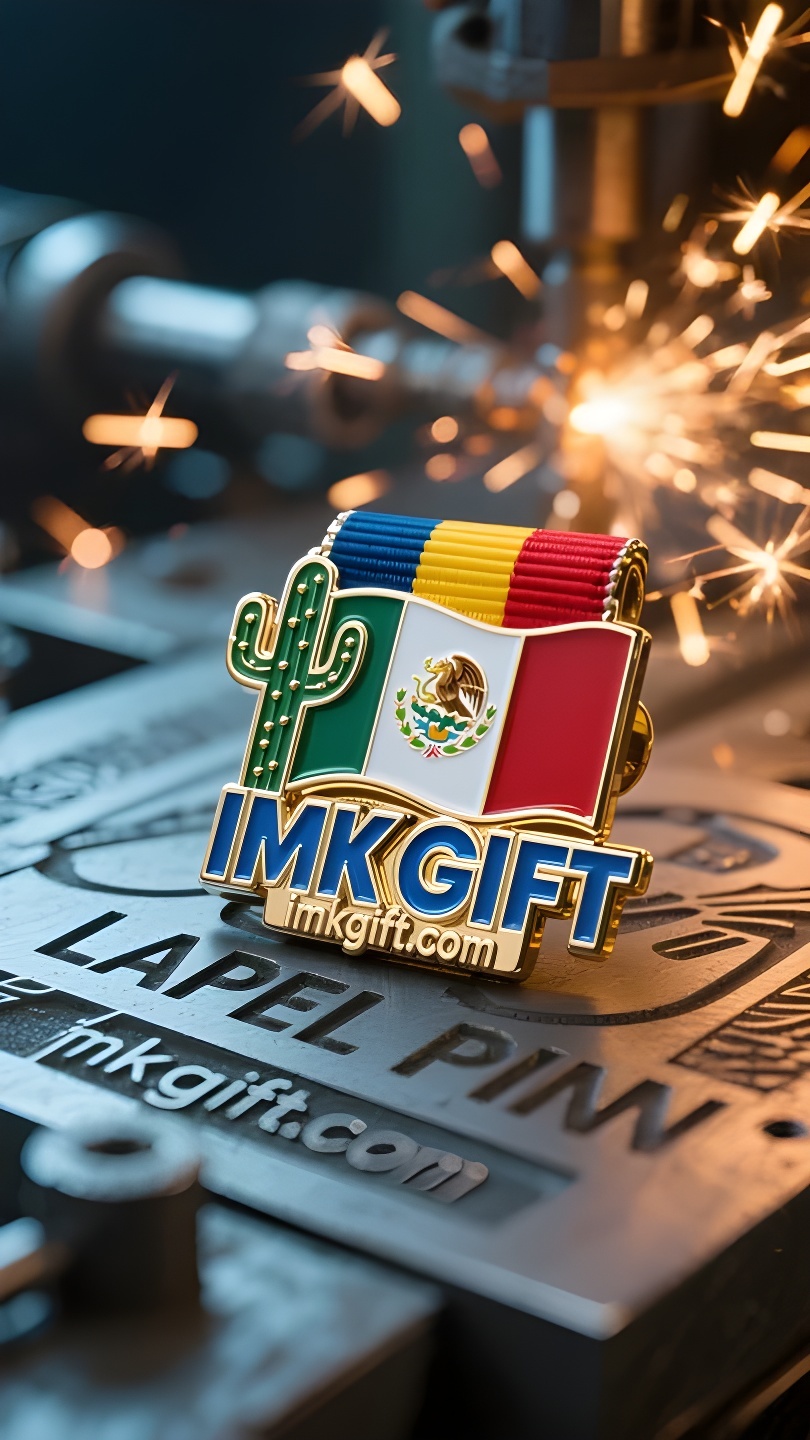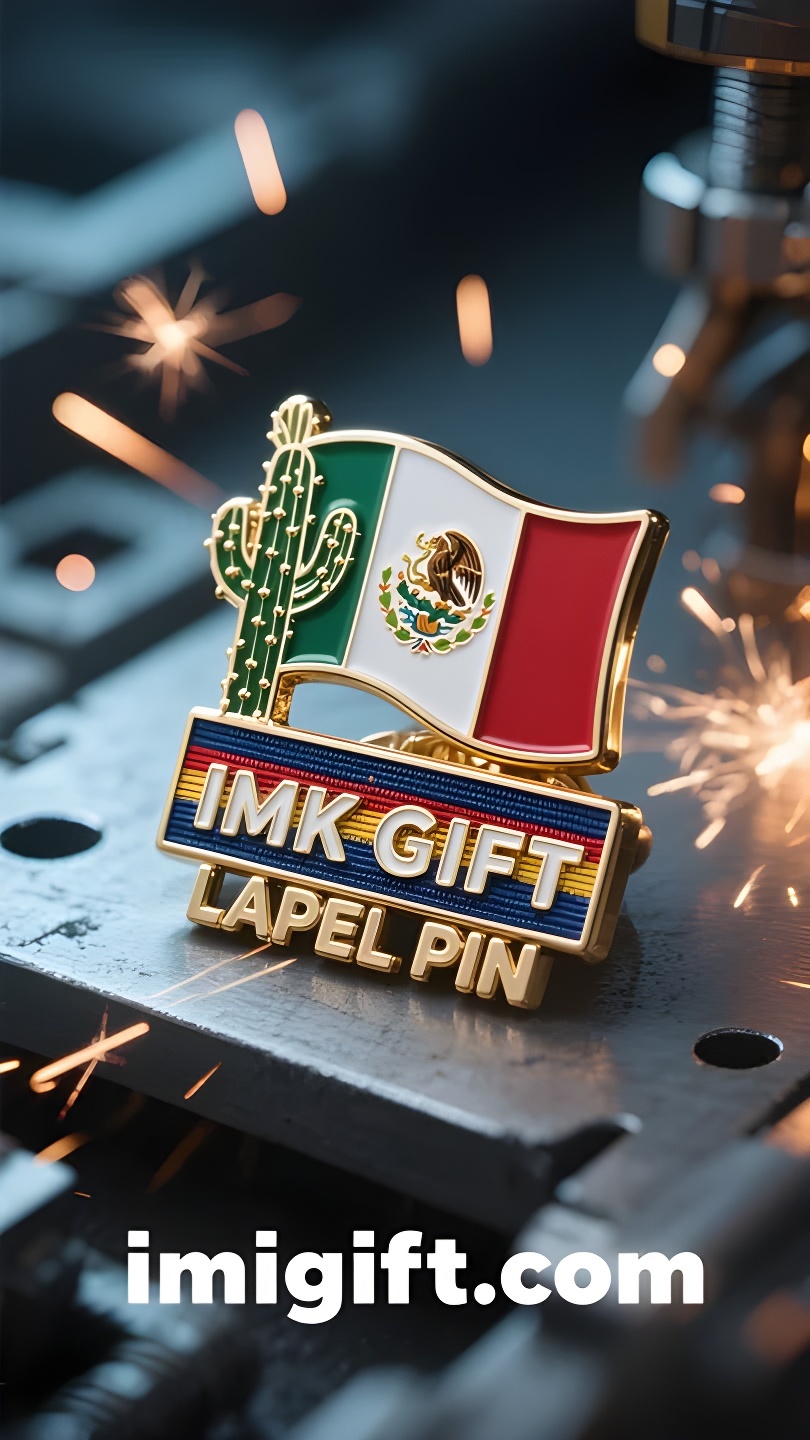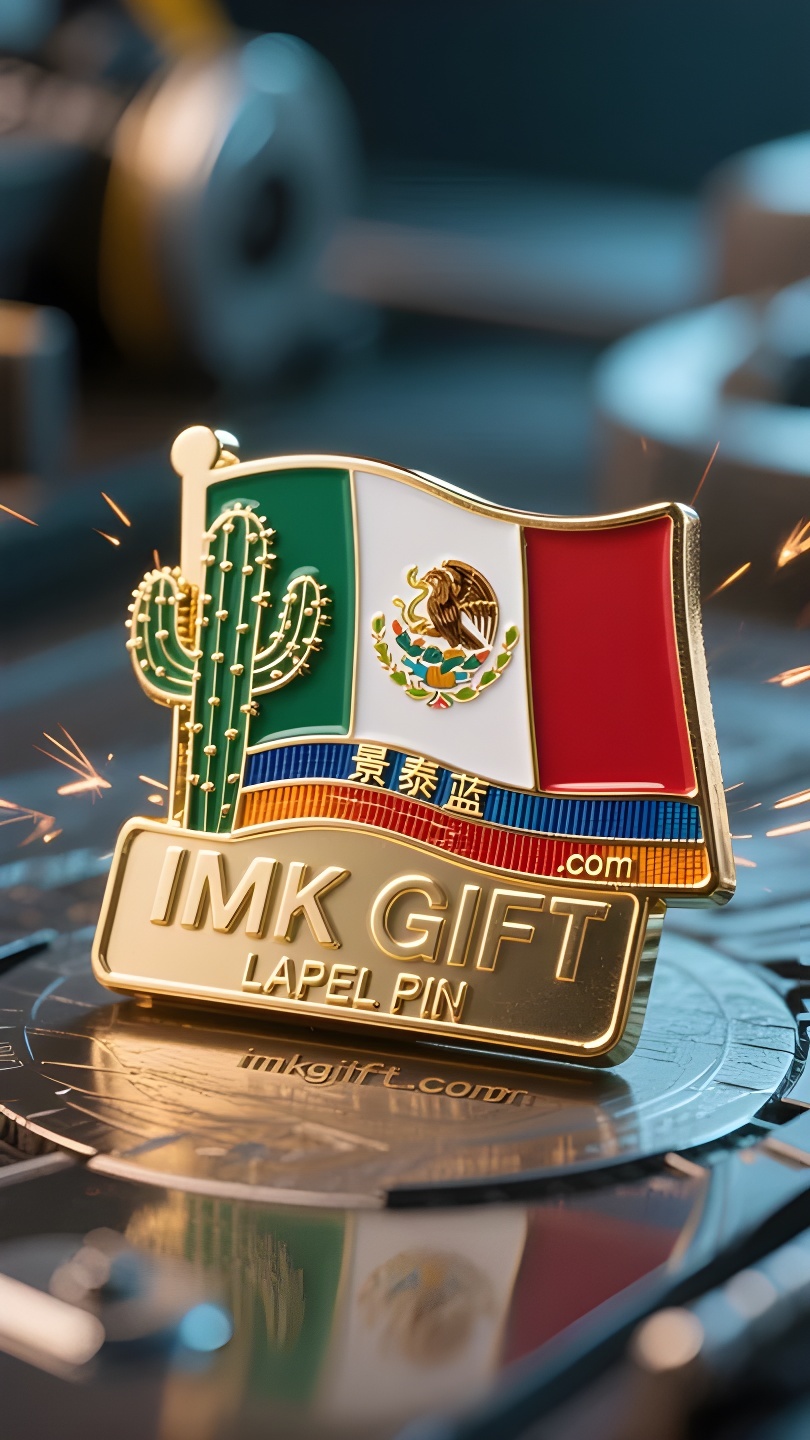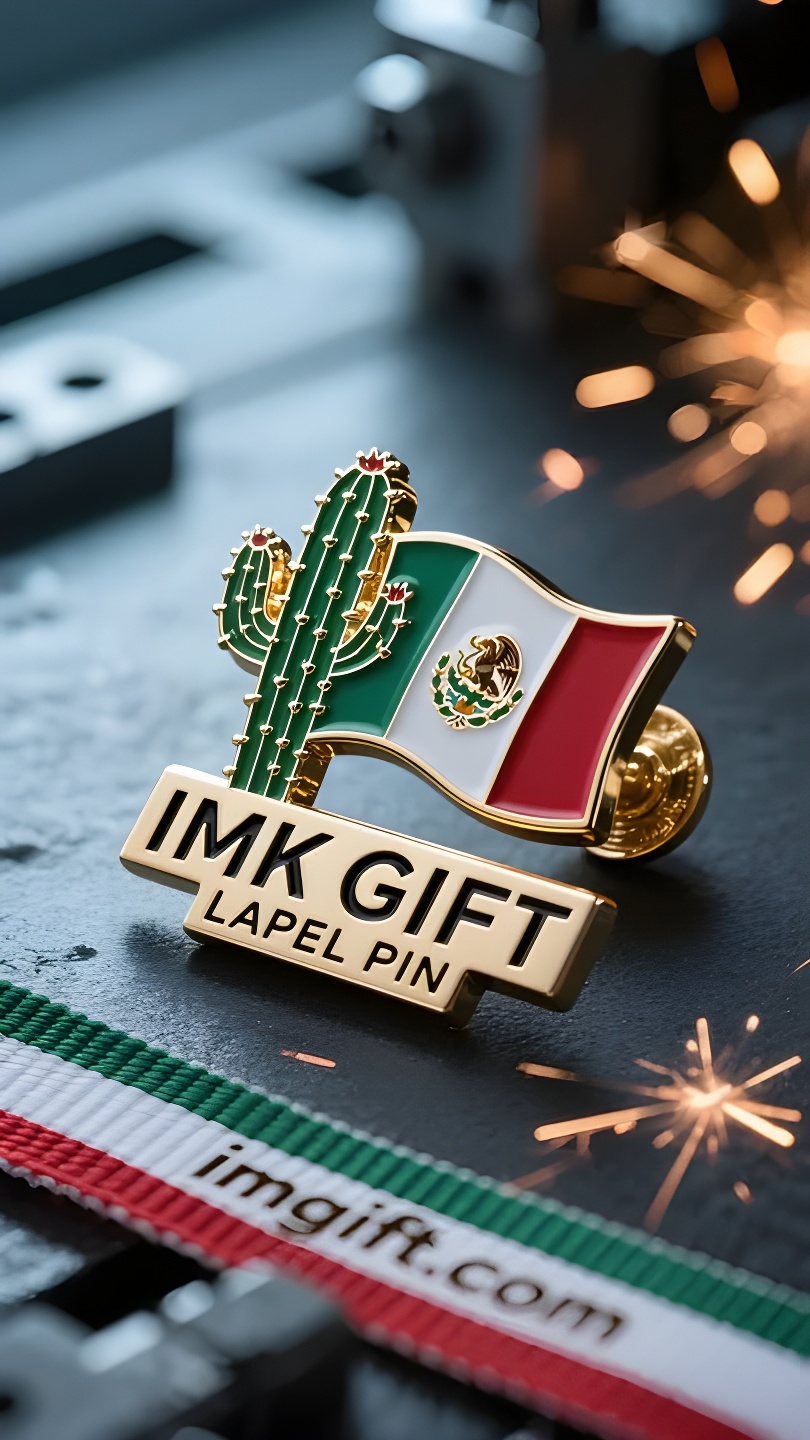in992-Águila-sobre-el-cactus-Iluminación-vital-en-el-tótem-espiritual-mexicano
▼
Cada septiembre, la bandera nacional verde, blanca y roja que se iza en la Plaza de la Constitución de la Ciudad de México ondea al viento. El águila parada sobre el cactus en el centro del escudo nacional contempla esta tierra en una postura inmutable. Este tótem, que evolucionó a partir de la leyenda de la civilización azteca, siempre recuerda a los mexicanos que la vida más tenaz siempre puede echar raíces en el suelo más pobre. Según la leyenda, los aztecas establecieron su ciudad-estado de acuerdo con el oráculo, buscando el lugar donde un águila sostenía una serpiente en su boca y estaba parada sobre un cactus. Cuando descubrieron la escena profética en una isla del lago de Texcoco, la tierra bajo sus pies estaba cubierta de sal y rocas volcánicas, pero aún así eligieron construir allí la ciudad de Tenochtitlan. El emblema nacional actual continúa con esta imagen: las espinas del cactus simbolizan la dificultad de la supervivencia, la serpiente enroscada representa las dificultades que deben superarse y la postura del águila en picado captura la lucha eterna y la trascendencia. En los fuegos artificiales de las celebraciones del Día de la Independencia de México, este tótem adquiere un nuevo significado contemporáneo. Así como los cactus pueden almacenar agua en el desierto, los mexicanos transforman el sufrimiento en sabiduría de supervivencia; Así como un águila soporta la resistencia del aire cuando se lanza en picado, cada momento de superar las dificultades acumula poder ascendente. A medida que las ciudades modernas reemplazaron los canales de Tenochtitlan, este espíritu de encontrar vida en la adversidad continuó mientras la gente reconstruía sus casas después de los terremotos y plantaba jardines comunitarios entre los escombros de los barrios marginales. El águila de la bandera nacional nunca deja de batir sus alas, al igual que el cactus que florece hermosas flores año tras año. Este tótem, regado con sangre y sudor, nos dice que la verdadera victoria no está en conquistar la tierra, sino en encontrar un punto de apoyo ascendente en cualquier situación desesperada.
Every September, the green, white and red national flag hoisted in the Plaza de la Constitución in Mexico City flutters in the wind, and the eagle standing on the cactus in the center of the national emblem gazes at the land with an unchanging posture. This totem, which evolved from the legend of the Aztec civilization, always reminds Mexicans that the most tenacious life can always take root in the poorest soil. According to legend, the Aztecs followed the oracle and established the city-state in pursuit of “the place where the eagle holds the snake and stands on the cactus.” When they found the prophecy scene on the island of Lake Texcoco, the land under their feet was covered with salt and volcanic rocks, but they still chose to build the city of Tenochtitlan here. Today’s national emblem continues this image: the spikes of the cactus symbolize the difficulty of survival, the coiled snake represents the predicament that must be conquered, and the eagle’s diving posture freezes the eternal struggle and transcendence. In the fireworks of the Mexican Independence Day celebration, this totem is given a new contemporary meaning. Just as a cactus can store water in the desert, Mexicans transform suffering into survival wisdom; just as an eagle withstands air resistance when diving, every moment of breaking through difficulties accumulates the power of rising. When modern cities replaced the canals of Tenochtitlan, this spirit of finding vitality in adversity still supported people to rebuild their homes after the earthquake and plant community gardens among the rubble of the slums. The eagle on the national flag never stops flapping its wings, just like the cactus blooming gorgeous flowers year after year. This totem watered with blood and sweat tells us: true victory does not lie in conquering the land, but in finding a fulcrum to move upward in any desperate situation.
每年九月,墨西哥城宪法广场上升起的绿白红三色国旗随风翻卷,国徽中央那只立于仙人掌上的雄鹰,以亘古不变的姿态凝视着这片土地。这个由阿兹特克文明传说演变而来的图腾,始终在提醒着墨西哥人:最顽强的生命,总能在最贫瘠的土壤里扎根。
相传阿兹特克人依照神谕,追寻”鹰衔蛇立于仙人掌之地”建立城邦。当他们在特斯科科湖的岛屿上发现预言场景时,脚下的土地遍布盐碱与火山岩,却依然选择在此筑起特诺奇蒂特兰城。如今的国徽延续了这个意象:仙人掌的尖刺象征生存的艰难,盘绕的蛇代表必须征服的困境,而雄鹰俯冲的姿态,则定格着永恒的抗争与超越。
在墨西哥独立日庆典的烟火中,这个图腾被赋予新的时代意涵。正如仙人掌能在荒漠中积蓄水分,墨西哥人将苦难转化为生存智慧;正如雄鹰俯冲时承受的气流阻力,每个突破困境的瞬间都积蓄着升腾的力量。当现代城市取代了特诺奇蒂特兰的运河,这种在逆境中寻找生机的精神,依然支撑着人们重建地震后的家园,在贫民窟的瓦砾间种植社区花园。
国旗上的雄鹰从未停止振翅,就像仙人掌年复一年开出艳丽的花。这个用鲜血与汗水浇灌的图腾告诉我们:真正的胜利不在于征服土地,而在于在任何绝境中都能找到向上的支点。
▼
Contact Us
📞 Tel: +0086-760-85286839
📧 Email: sales3@imkgift.com








